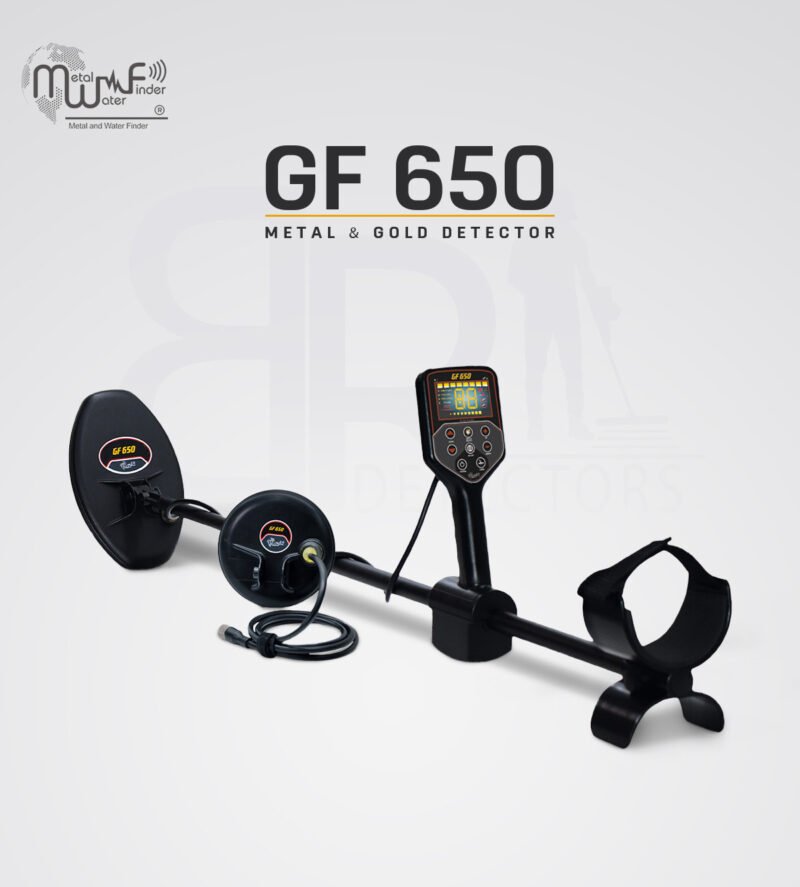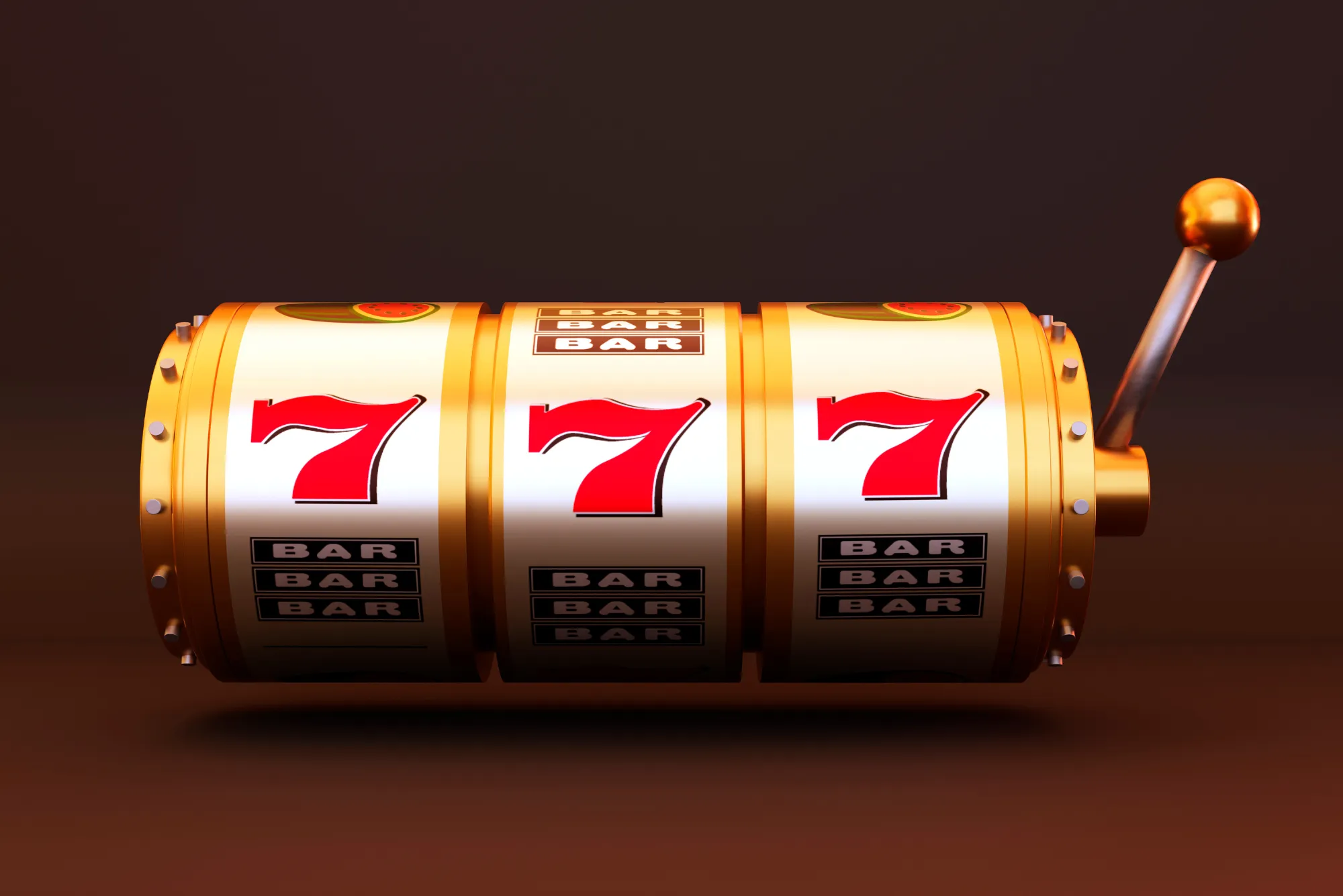When it comes to treasure hunting, gold prospecting, or even hobbyist metal detecting, one of the most common technologies you’ll encounter is the VLF metal detector. VLF stands for Very Low Frequency, and it’s a widely used detection method because of its balance between accuracy, depth range, and versatility. But how effective are these detectors in real-world scenarios, and are they worth the investment for serious enthusiasts?
As someone who has spent time testing different machines in the field, I’ll share what makes VLF detectors unique, their advantages and limitations, and why they remain a trusted choice for both beginners and seasoned detectorists.
How VLF Metal Detectors Work
At its core, a VLF detector uses two coils: a transmitter coil and a receiver coil. The transmitter sends out a low-frequency electromagnetic field into the ground, while the receiver picks up any disturbance caused by conductive objects such as coins, relics, or gold nuggets.
This dual-coil system allows VLF detectors to discriminate between different types of metals. That means you can set your detector to ignore trash like bottle caps and focus on more valuable targets. Discrimination is one of the strongest advantages of VLF technology and a reason it’s a go-to option for hobbyists.
Effectiveness in Different Ground Conditions
The performance of a VLF detector depends heavily on the environment. In low-mineralized soils, such as parks, fields, and beaches, VLF machines excel. They can reach impressive depths while still maintaining solid accuracy. However, in areas with high mineralization—such as red soil or regions rich in iron content—VLF detectors sometimes struggle with false signals and reduced depth penetration.
For gold prospecting specifically, VLF machines can detect small gold nuggets but may not perform as well in highly mineralized terrains. In such conditions, pulse induction (PI) detectors often outperform them. That being said, many gold hunters still use VLF technology for its affordability and precision when targeting smaller nuggets close to the surface.
Comparing VLF Detectors to Other Technologies
It’s important to understand how VLF compares with other metal detection technologies. Pulse induction detectors, for example, are better at deep penetration and handling mineralized soil, but they usually lack the fine discrimination that VLF provides. Multi-frequency detectors are another alternative, offering adaptability across terrains, though they often come at a higher cost.
The strength of VLF detectors lies in their accessibility and reliability. They are lighter, more affordable, and more versatile compared to advanced models. For hobbyists or entry-level treasure hunters, they strike the right balance between cost and performance.
The Role of Pinpointers
When using a VLF detector, one accessory you’ll almost certainly want in your toolkit is a Pinpointers device. Pinpointers help you quickly locate the exact spot where a target is buried once your detector signals an object. Without one, you may find yourself digging large holes unnecessarily, which can be time-consuming and frustrating.
Pinpointers are particularly useful for small targets like coins or jewelry. By narrowing down the search area, they save time and reduce ground disturbance—a big plus if you’re detecting in parks or public spaces. For professionals, they’re almost indispensable.
Spotlight on the GF 650
Among the range of detectors available on the market, the GF 650 has become a popular choice for enthusiasts looking for an effective balance between precision and ease of use. It’s designed with modern technology that enhances depth detection while maintaining accurate discrimination, making it suitable for both casual and serious users.
The GF 650 stands out for its lightweight design, user-friendly interface, and versatility across different terrains. Whether you’re exploring the sandy shores of Dubai or the rocky landscapes of the Middle East, it’s a detector that adapts well. Combined with a reliable pinpointer, this unit can turn hours of searching into rewarding discoveries.
Practical Tips for Getting the Most Out of VLF Detectors
To maximize your success with a VLF detector, practice and patience are key. Spend time learning your machine’s tones and signals, as subtle differences can tell you whether you’ve found iron junk or a valuable relic. Always adjust sensitivity and discrimination settings according to the ground you’re working on.
It’s also wise to carry essential accessories: a digging tool, headphones for clearer audio signals, and of course, a pinpointer. Testing your detector on known objects at home before heading into the field can help you quickly recognize real targets versus false alarms.
Are VLF Metal Detectors Worth It?
The answer is a resounding yes—especially for beginners or those who want a versatile machine without breaking the bank. While they may not have the raw depth power of PI machines, VLF detectors deliver excellent accuracy, affordability, and portability. For most hobbyists, they’re more than enough to enjoy the thrill of metal detecting and uncover valuable finds.
Advanced users often keep a VLF model alongside their PI machines, using each tool depending on the environment. This combination ensures that they’re equipped for any terrain, from mineralized soil to low-conductivity environments.
Conclusion
VLF metal detectors remain a cornerstone of the detecting world because they offer a practical blend of precision, affordability, and versatility. Paired with accessories like pinpointers and supported by innovative models such as the GF 650, they continue to prove their effectiveness in uncovering hidden treasures.
Whether you’re just starting out or expanding your toolkit, understanding how VLF detectors work and where they excel will help you make informed decisions and enjoy more rewarding hunts.










